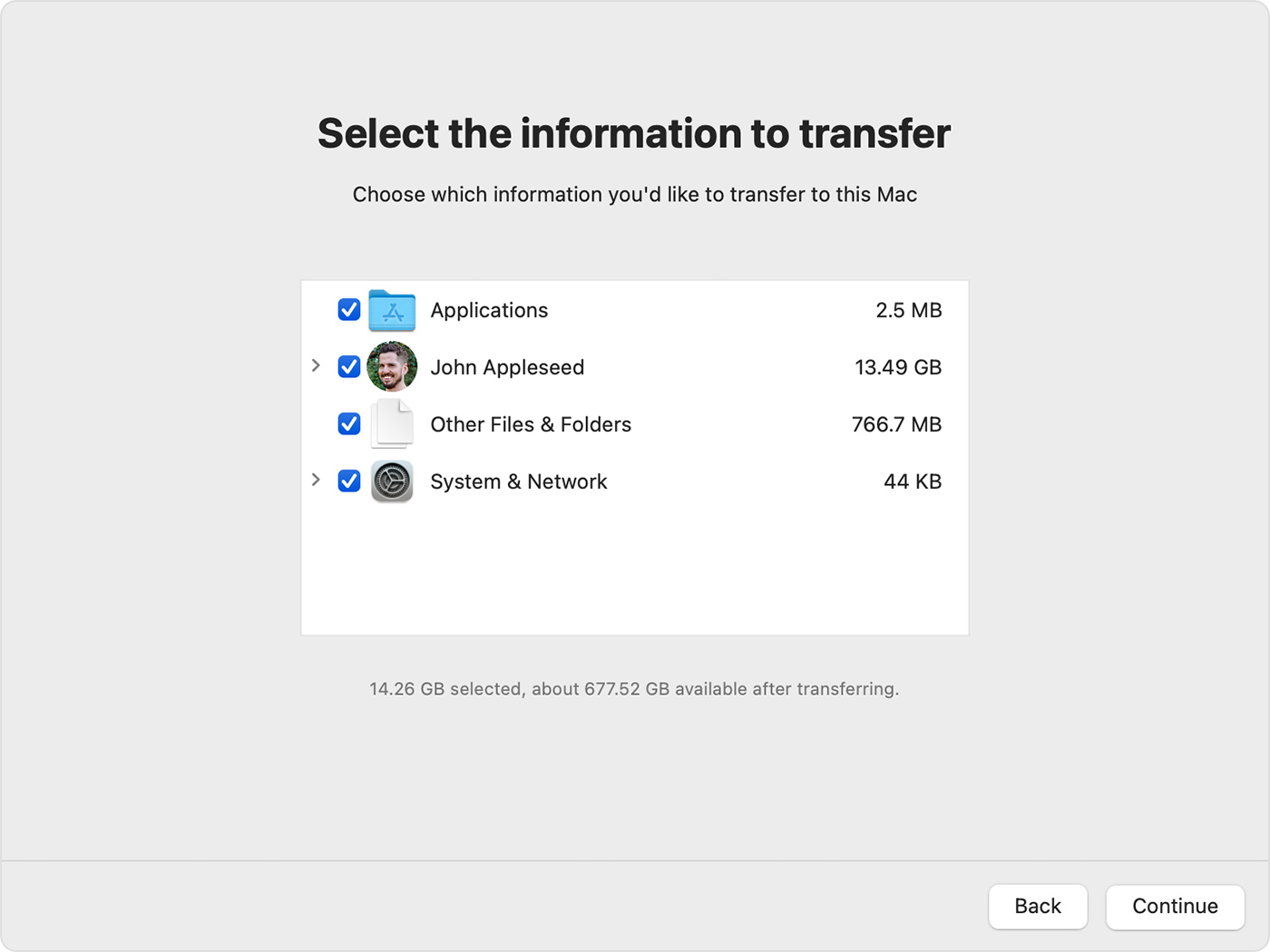
Once the Mac reboots, select ‘ReInstall macOS’ from Utilities. Make sure your computer is connected to a Wi-Fi connection. Choose the external drive as your startup disk, then click ‘Restart’. Then go into the Apple menu and select System Preferences > Startup Disk. To do this, connect the bootable installer to your Mac. As a reminder, you cannot downgrade Macs using Apple silicon.

Create a restore image for multiple versions of os x install#
Once you've done this, you can install this version onto your computer. You must first create a boot installer for a downgraded version of macOS. Once the restore process is complete, you can use Time Machine backup to restore individual files as necessary. In this case, it would be the final version of macOS Catalina. On the list, pick the last backup made in a previous version of macOS. Next, choose your ‘Restore Source,’ which will be the name of your external device. You’ll need to click ‘Continue’ one more time. Next, choose the option, ‘Restore From Time Machine Backup’ and click ‘Continue’. As soon as the screen goes dark, hold down the ‘Command’ + ‘R’ keys until the Apple logo appears. To downgrade macOS via Time Machine, plug your Time Machine backup drive into your Mac, then restart the computer. And yet, Apple silicone doesn’t support macOS versions older than Big Sur, so the difference is irrelevant here. This process involves using the ‘Command’ + ‘R’ command, which works differently on Intel-based machines than those with Apple silicone. To use Time Machine and take your Mac back to another macOS version, use the following steps. In this case, you'd start from scratch with a new copy of macOS. Using an external USB or another type of drive to downgrade is the best choice when you don't have backup files.

But again, you need a copy of your files taken before you updated to macOS Big Sur for this to work.

Third-party solutions such as Carbon Copy Cloner work much in the same way. Otherwise, a downgrade using Time Machine is not an option. Taking the Time Machine route is the easiest, although this assumes you have a Time Machine backup of your system that pre-dates your installation of macOS Big Sur.


 0 kommentar(er)
0 kommentar(er)
